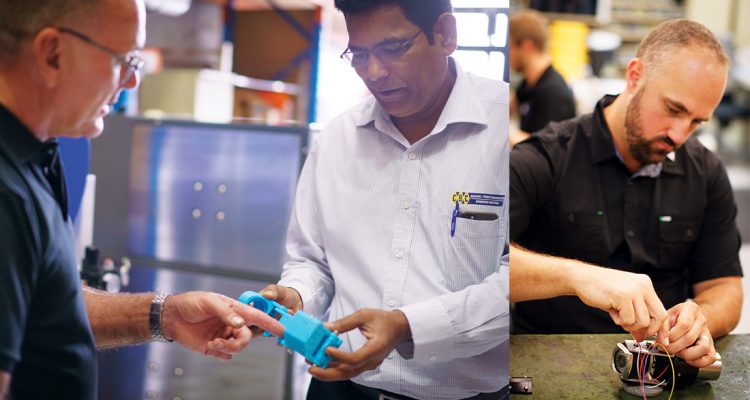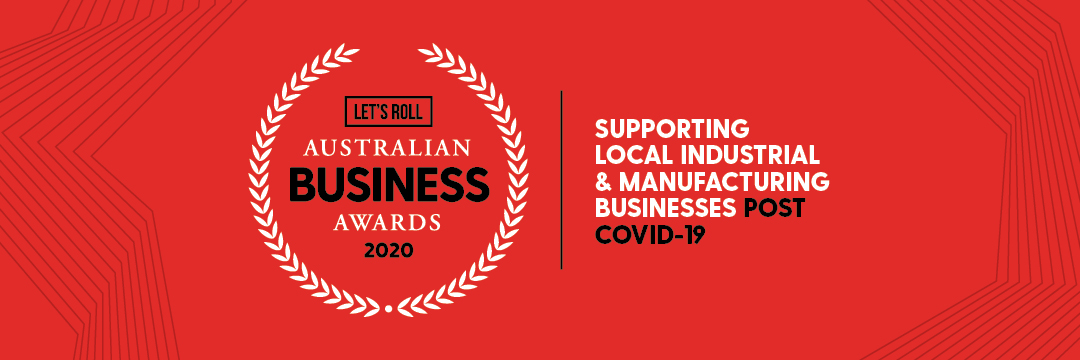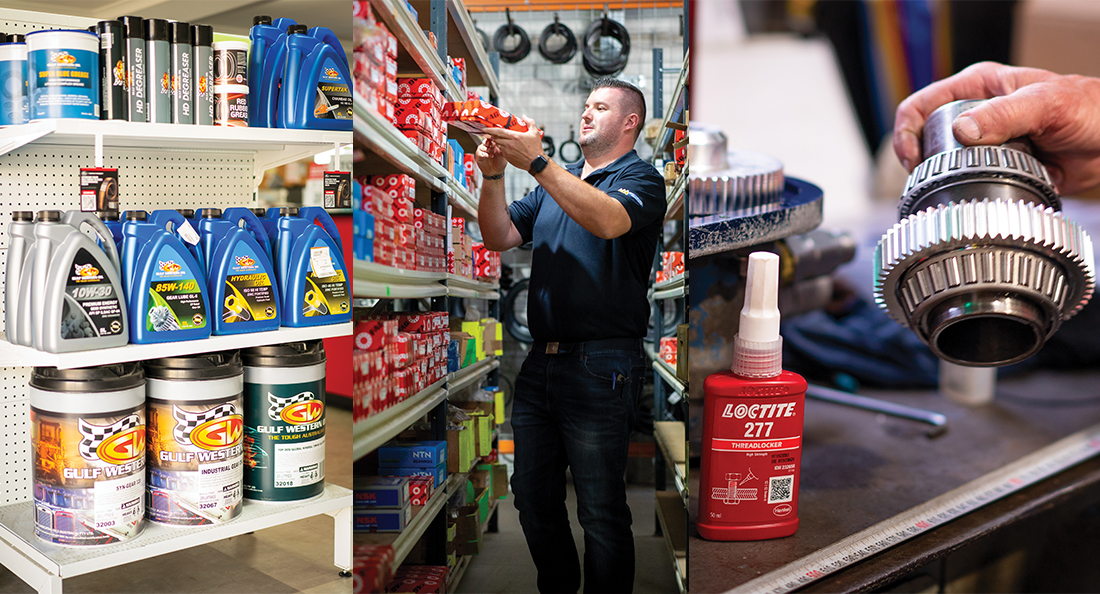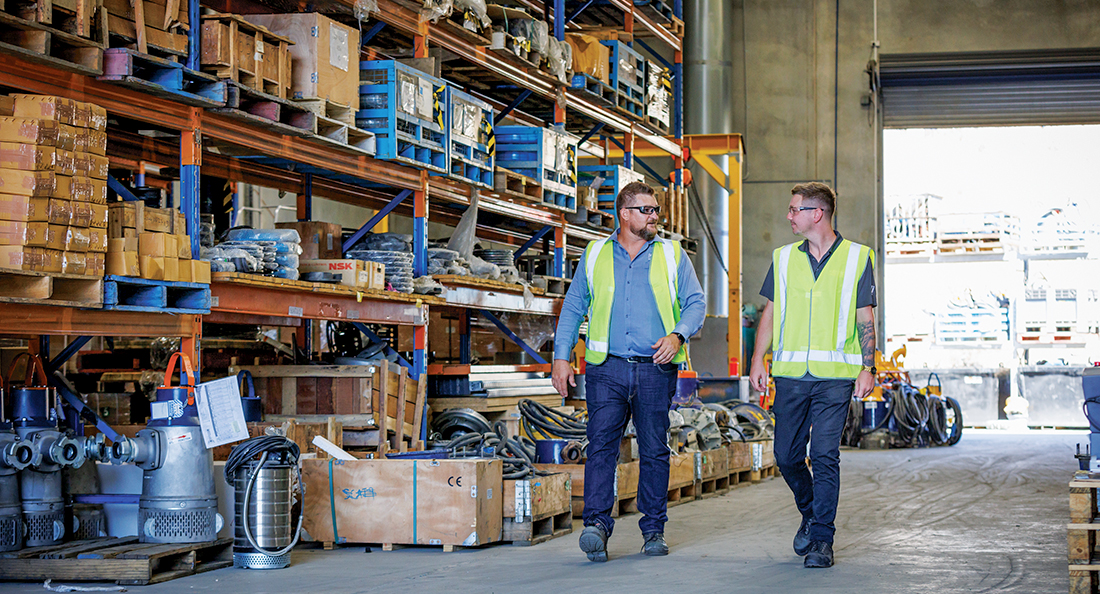What do you do when imported equipment proves unreliable and in need of constant repair? According to Keith Edmunds, you design and build your own cutting‑edge machines using the best quality materials. That is exactly what KRE Engineering Services did back in 1991, and now the company is leading the way with their bespoke pipeline repair and installation tools.
“The best way to describe pipeline rehabilitation is that it is like endoscopic surgery for cities,” says Keith, Director of KRE. “Over time, underground infrastructure will need repair or replacement. This can also include new pipes that are damaged during installation, which needs to be rectified before they can go back into service.
In today’s pipeline rehabilitation industry, a major concern is working underground without disturbing the environment and disrupting the streets above. KRE Engineering Services have developed Australian made, portable robotic cutters that are easily maintained, safe and efficient.
“The whole industry is driven around non-excavation. Various lining methods are used to create a new pipe inside a pre-existing pipe, then these robots go inside with video cameras attached and carry out the repair or maintenance,” Keith explains. “Having to excavate from above is a thing of the past.”
By using machine shops across the country and prioritising locally sourced parts, KRE proudly supports Australian businesses, whilst also mitigating supply chain delays.
“We work very closely with our customers and supply partners. You have got to be able to listen to what the market requires, and tailor the products to suit. We use machine shops all over the country, which means we keep everything Australian made. We work very closely with our partners, which has proven invaluable in the last couple of years, with the pandemic affecting supply chains from Europe and America.”
Manufacturing robotics for pipeline renovation and maintenance has its challenges, as they are primarily used in sewers. This type of environment is highly corrosive and KRE understand that it is vital to use high quality components to ensure reliability of their products. In doing so they have formed a strong relationship with their favoured suppliers.
“All of our bearings, seals, drive belts and systems are sourced through Motion Australia,” explains Keith. “Accounting for challenging environmental effects and the risk of corrosion means that quality and long-lasting parts are essential. We value them as a partner because they’ll happily bring in new stock for us and tailor it, and we always make sure that the Motion Australia representative is around during the design process for that reason.”
Shirish Rabade, Sales Representative at CBC Silverwater visits KR Engineering’s site every few weeks to assist with parts and components for their designs. “From the prototype to the finished product, I work with KRE to find solutions that can improve the performance of their water management systems,” says Shirish.
“Since our business at CBC has now come under Motion Australia as one entity, I have access to a much wider range of products at Silverwater. KRE purchases a wide variety of products from us – bearings belts, hoses, couplings, adhesives, and O-rings and we ensure that we have stock readily available on a short turn around time.”
Forward planning and communication with Motion Australia has meant that KRE is no longer struggling to contend with logistical effects of Covid-19. Liaising with Motion Australia has allowed the team to stockpile equipment ahead of time, avoiding stagnation once imports begin to falter. Importantly, KRE can source premium equipment from Motion Australia, including high quality brands such as Seal Innovations, Timken, and Loctite, to navigate hydraulic and remote operation challenges effectively.
As the robotics industry evolves to incorporate recent technologies, KRE is looking to the future when it comes to innovative design. Most recently, the business has been delving into the possibilities of 3D printing, particularly with plastics and metal alloys. Being able to create prototype models for testing introduces more flexibility in the engineering process, and it is something that the business is looking to invest in over the coming years.
“We are constantly looking at what is new. That is what gives us a bit of an edge, and it is worth investing in. We grew over the last two years because the government invested more resources into infrastructure. We are continually expanding our product range and capabilities and look forward to being even busier in the future.”
KRE’s new 150-250 Robotic Cutter brings high-value solutions to trenchless pipe construction. This competitively priced, remote-controlled system boasts a 200-metre cable, 3-axis cutting control and a 320° swivelling camera. These features allow the machine to undergo a range of tasks such as tap grinding, preconditioning of pipes prior to lining, and de-rooting or reinstatement of lateral connections. The development of these tools is vital in keeping workers safe, Keith says.
“You cannot send a person into those smaller pipes. It is extremely dangerous, which is why we now undertake repairs remotely. It is a lot safer for the operatives, and it is more efficient as well.”
With over 30 years of experience developing clear imaging and repair solutions, Keith and his team have evolved to meet the industry’s needs over time. Now, over 500 KRE 150-250 and KRE 300-600 lateral cutter models have been distributed worldwide, setting the global standard and situating KRE ahead of the market. The considered engineering of these machines comes down to thorough communication with customers, and a dedication to meeting operator needs.
“We are a small business; we have only got seven employees. I think the last time anybody left KRE was about ten years ago. We are like one big family – everybody works well together, and everyone wears different hats within the business. I think a crucial part to KRE’s success is having a close-knit team.”
KRE’s robotic cutters are manufactured in-house at the Sydney facility, and are exported to Singapore, Hong Kong, South Africa, Botswana, Chile, and the U.S. The team is now looking to service the domestic plumbing industry with modern designs such as portable water pipes and micro cutters.
“Our innovation is primarily driven by our need to meet our customer’s day to day challenges. The pipeline rehabilitation industry has many operational and technical challenges that we are excited to work with customers to solve, whether using our existing products and equipment or designing new equipment for specific requirements.”




